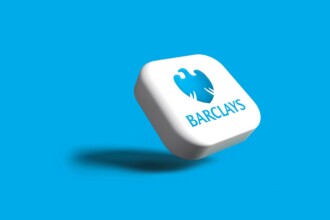Nowadays we can see what a city of the future will look like
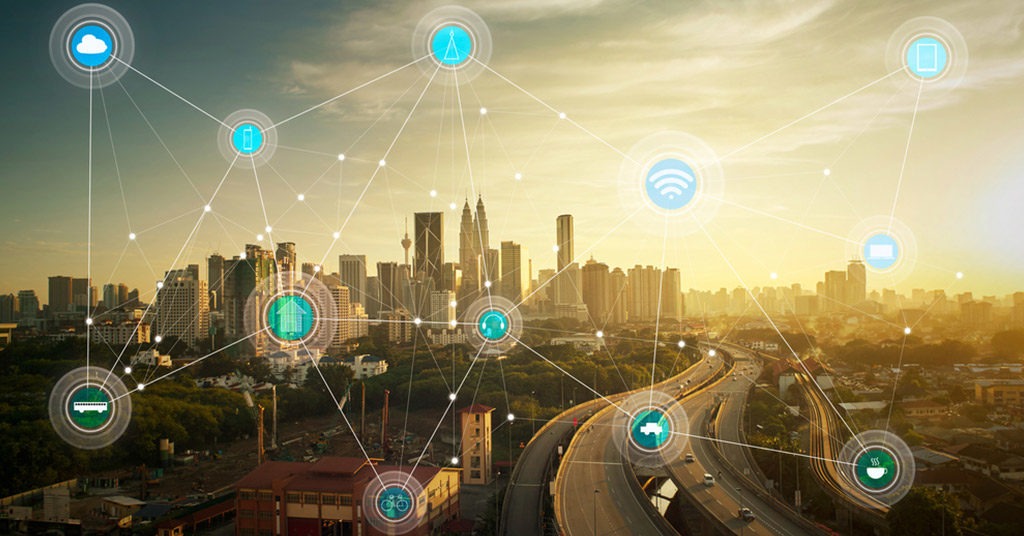
How technologies will transform cities. Source: shutterstock.com
Self-driving vehicles, drones, robots, and VR/AR are technologies that already exist but still are not part of people’s everyday lives. But who knows? It may happen that in 2030 people will ride to their workplaces in flying taxis, or their cars will be able to park themselves. Maybe it is too fantastic and optimistic, but anyhow there will be new technologies in twelve years, and you can’t argue with that.
PaySpace Magazine will tell you about new technologies that will transform our lives, changing the way we use transport, infrastructure, the way we generate resources, and all possible innovations that multiple analysts are talking about.
The transport system of the future: air-taxis, self-driving cars, smart car parks
Today, 7 billion inhabitants of the planet use more than 1 billion vehicles. For the year 2050, growth is projected to accelerate to 3 billion cars. Given the rapid population growth, two-thirds of whom are expected to move from rural to urban areas by 2030, the increase in vehicles is inevitable. Therefore, the transport system has to operate effectively by 2030.
Considering the way the transport sector is developing, the key tasks of the automotive industry are development and further implementation of flying and self-driving cars.
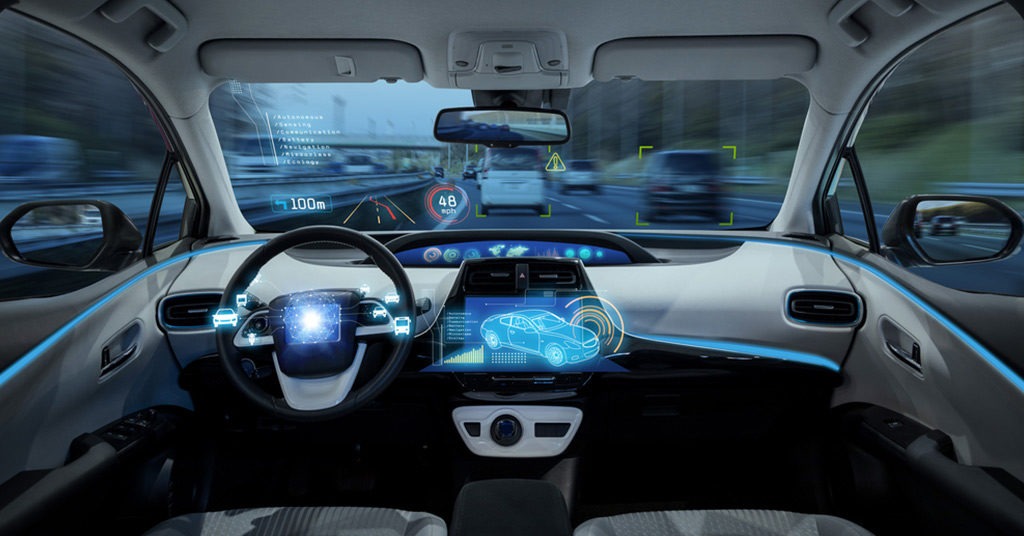
Today, 7 billion inhabitants of the planet use more than 1 billion vehicles. Source: shutterstock.com
According to Benedict Evans, analyst, and partner of Andreessen Horowitz, the autonomous vehicle is one of the most promising industries for now.
Evans believes that if all traditional cars are replaced with unmanned vehicles, an enormous number of traffic jams in big cities might be avoided. Besides, they could reduce the number of car crashes, since uncrewed vehicles are supposed to operate with continuous interaction between each other. Such a car is able to determine the advised/safe driving speed, distance from the nearest vehicles, and the possibility of performing maneuvers in a safe way. However, these vehicles are almost useless in the absence of “smart roads”. These highways should contain at least traffic control sensors.
Multiple interesting solutions for smart cities were presented at the Los Angeles exhibition called CES 2018. In particular, a lot of attention was focused on the smart car parks concept.
According to this concept, cars would be able to find a parking space without the help of a driver, who could leave their vehicle at a car park entrance. Further actions could be adjusted via a smartphone. The main point in creating and operating such a smart park is the integrating of vehicle navigation systems and parking sensors into one complete system or network.
Tech giant Google, Uber, Elon Musk’s enterprises, and many other major corporations are already working on creating new modes of transport. That’s how we can imagine the transportation options of the 2030s even today.
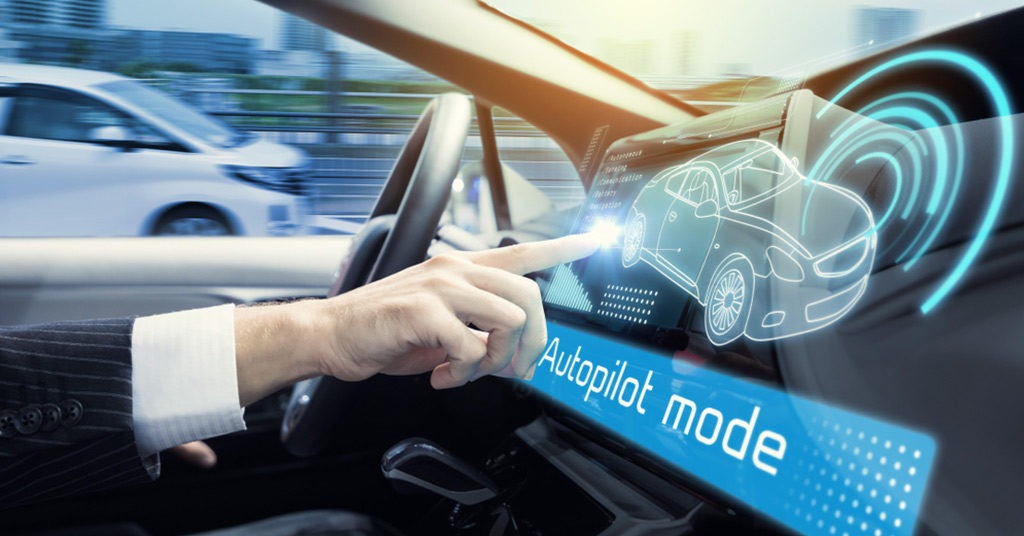
Uber shared its plans for the development of an air taxi network. Source: shutterstock.com
In April of last year, Uber shared its plans for the development of an air taxi network. They undertake to implement this concept by 2023. The first cities to try this air taxi network are intended to be Dallas and Dubai. Furthermore, Uber aims to launch this technology in Japan, India, Australia, France, and Brazil over the next five years.
CES 2018 also introduced the concept of the flying electric taxi, developed by Bell Helicopters specifically for Uber. Company representatives noted that this flying cab would be able to travel in hops of up to 240 km. Airbus and Boeing are also working on air taxis.
Intel has created its own flying car, which was introduced as an unmanned quadcopter. This vehicle can carry up to two passengers.
If we are talking about transportation innovations, let’s not forget about Elon Musk and his projects. For example, he had the intention of creating an unmanned public transport system back in 2016. It was about developing a vehicle, resembling an ordinary bus, and was supposed to reduce traffic congestion.
Let’s also remember another of Musk’s projects called Hyperloop, a high-speed train inside an evacuated tube line. Despite the high cost of the project development, and the fact that this concept is extremely hard to implement, Elon Musk keeps attracting funds.
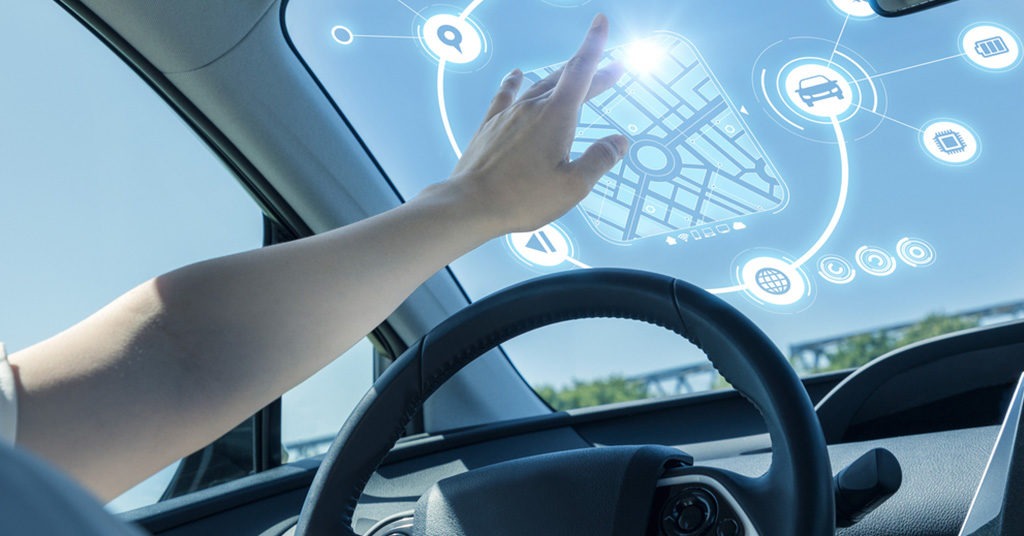
Los Angeles local authorities are going to increase the number of electric vehicles. Source: shutterstock.com
Another new-age vehicle concept is the crewless minibus. This bus is intended to operate under the on-demand principle, which means it would arrive upon a passenger’s request. This unmanned bus could plan its route based on the number of passenger requests. The project will be implemented in Los Angeles.
Los Angeles local authorities are going to increase the number of electric vehicles. They are developing the BlueLA program, in which they are going to procure up to 50 electric cars for carsharing purposes.
The urban environment: Smart City concept, mixed reality (MR)
Nowadays we can see what a city of the future will look like. An obvious example is Yinchuan city, which is the capital of the Ningxia Hui Autonomous Region, China. This city has the right to be called the megapolis of the future. Inhabitants of the city are currently buying goods and services in supermarkets and paying their public transport fares using biometrics. All a person has to do is turn their face to a special scanning device. The purchase or service would be paid for instantly. It is possible due to the fact that the biometrics of each Yinchuan citizen is linked to their bank account.
The city already features smart garbage cans, which inform public utilities whether they are full. China authorities are going to implement this pattern in 200 cities and towns.
However, it is not always possible to build a smart city without a glitch. There are some cities built from scratch: Masdar City in UAE, Konza in Kenya, Songdo in South Korea. All of them were supposed to become conglomerates of information technology. Nevertheless, locals do not want to live there for now, while immigrants have to deal with visas and getting work permits. For instance, the UAE embassy legalisation is required to get a work visa for the country.
Siemens offered to create “intelligent streets’, which can transform from highways to pedestrian streets and vice versa.
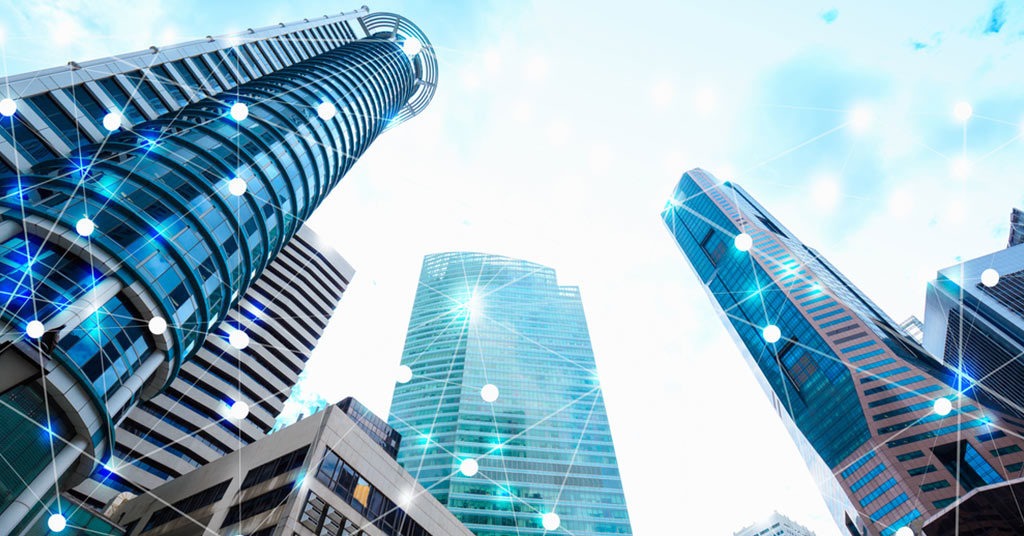
Nowadays we can see what a city of the future will look like. Source: shutterstock.com
MR will be a mandatory part of an urban environment. Nowadays VR and AR are mostly used in entertainment and educational sectors. It is expected that VR and AR functionality would be expanded. For instance, if you meet somebody on the street, the additional info (like whether you have met them before if it is worth starting a conversation with them, which topics are not recommended to raise, etc) would appear beside them right in the thin air. You’d also be able to find information about stores and markets, like client feedback on a particular shop, service level, etc.
Energy and natural resources: how to cover the basic needs of humankind
The increase in the number of urban residents over the next twelve years would result in the need to provide people with all the basic resources, like water, food, electricity, etc. In this regard, there is, therefore, a need to continue to develop alternative energy and food rations sources much further and faster. Thus, the use of renewable energy would most likely become a need by 2030. The explanation for this is quite clear and straightforward – conventional power plant capacity simply would not be enough.
Government-owned electricity transmission system operator of the Netherlands, TenneT, announced its intention to create the largest wind power plant in the world, which would be located on the high seas (on an artificial island, about 125 km from Great Britain). According to the company’s experts, the capacity of this power plant (30 gigawatts) will supply electricity for no less than 20M people. By comparison, the Palo Verde nuclear power plant (Arizona, USA), which is considered to be one of the most powerful power plants worldwide, has a power generation of 3.9 gigawatts.
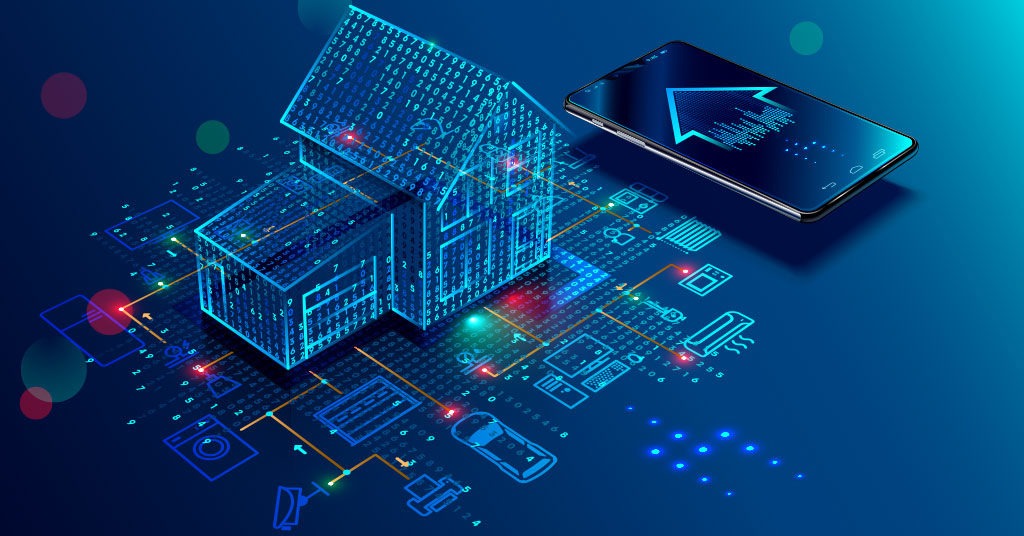
The use of renewable energy would most likely become a need by 2030. Source: shutterstock.com
The Tesla company has built the world’s largest lithium-ion powerpack battery backup system in South Australia. This device can supply electricity in the case of interconnected grid accidents and/or congestion.
There is another problem – the supply of potable water to the megapolises’ population. Today’s solutions, like desalination of seawater and others, are, to put it mildly, not the fastest ways to deliver safe drinking water. For now, there is a concept called “The Pipe”, which is aimed at the building of a solar-powered desalination device near to Santa Monica, California. This apparatus would be able to desalinate the water quickly and qualitatively and supply it to approximately half the people in the beachfront city.
With regard to providing people with food, rural areas will be endowed with robotic farms. Vertical farming is being vigorously promoted in the cities, and Kimbal Musk (the younger brother of Elon Musk) is one of the most ardent supporters of this concept. In addition, hydroponics farm construction has begun in Sweden. The farm is supposed to be built by 2020. Technology vendors claim that the skyscraper greenhouse would be able to cover the need for food of 5.5 thousand people.
SEE ALSO: How is the global FinTech market developing: research & infographics





